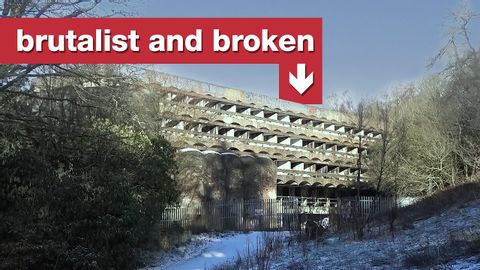破壊してはならない壊れた建物 (The Broken Building That Must Not Be Destroyed)
林宜悉 が 2021 年 01 月 14 日 に投稿  この条件に一致する単語はありません
この条件に一致する単語はありませんUS /ɪkˈstrɔ:rdəneri/
・
UK /ɪkˈstrɔ:dnri/
US /sɪɡˈnɪfɪkənt/
・
UK /sɪgˈnɪfɪkənt/
US /ɪˈnɔrməs/
・
UK /iˈnɔ:məs/
US /ɔlˈtɚnətɪv, æl-/
・
UK /ɔ:lˈtɜ:nətɪv/
エネルギーを使用
すべての単語を解除
発音・解説・フィルター機能を解除

